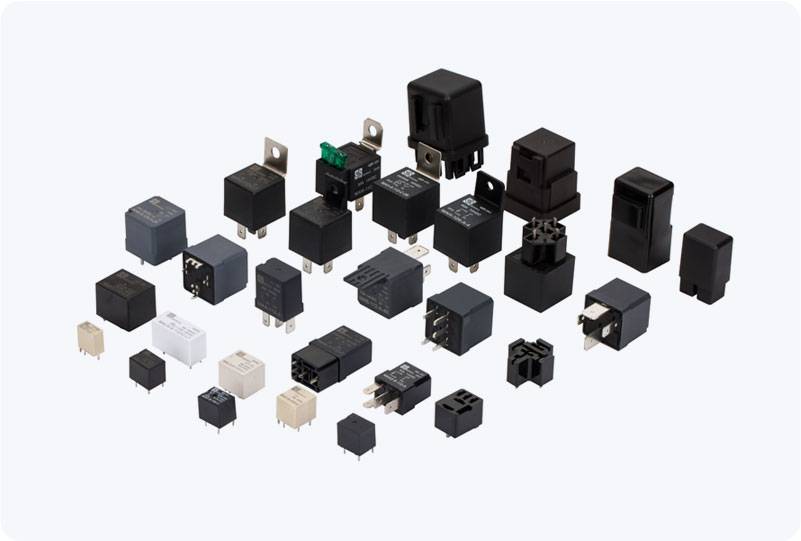An Overload Protection Relay is a crucial component in the protection of electrical circuits, particularly in systems with motors and other high-power devices. Its primary role is to prevent equipment damage caused by excessive current flow, which could result in overheating, failure, or even catastrophic damage. This article delves into the working principles, importance, and types of overload protection relays, offering insight into why they are indispensable for electrical safety.

What is an Overload Protection Relay? At its core, an overload protection relay is a device designed to monitor the current flowing through an electrical system, especially in motors. The relay detects when the current exceeds a preset threshold, indicating a potential overload condition. Upon detecting this overload, the relay acts by disconnecting the circuit, preventing further damage to the equipment. By interrupting the power supply before the equipment is exposed to prolonged overcurrent, the overload protection relay helps to prevent overheating and ensures the longevity of the equipment.
Leave a Reply